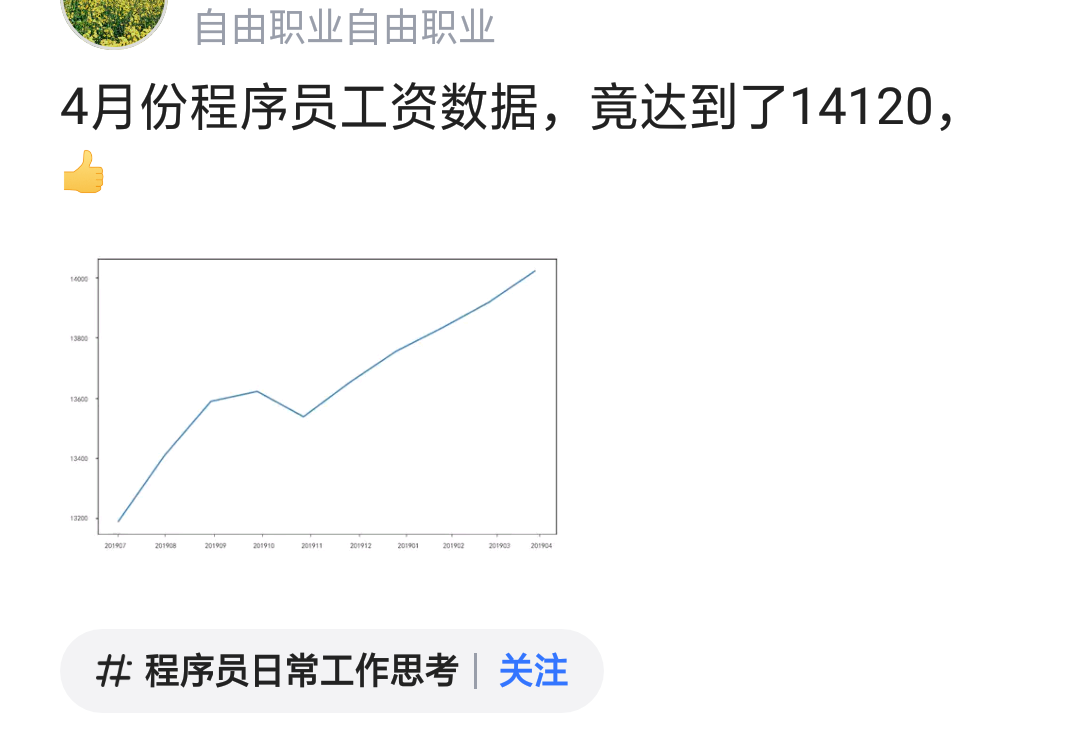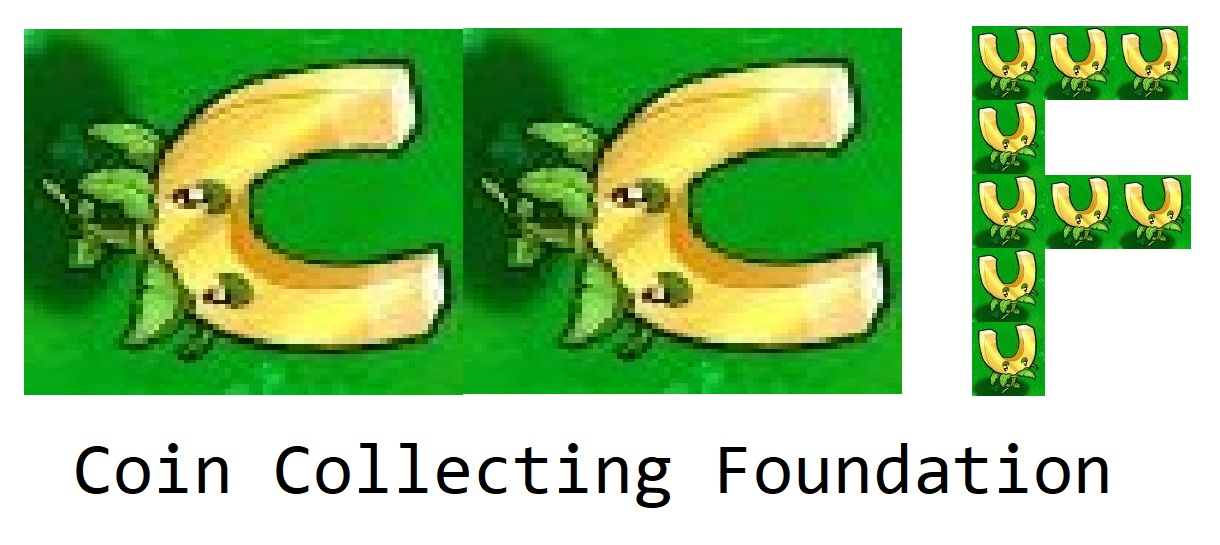使用Python我已经创建以下包含相似值的数据帧:
cosinFcolor cosinEdge cosinTexture histoFcolor histoEdge histoTexture jaccard
1 0.770 0.489 0.388 0.57500000 0.5845137 0.3920000 0.00000000
2 0.067 0.496 0.912 0.13865546 0.6147309 0.6984127 0.00000000
3 0.514 0.426 0.692 0.36440678 0.4787535 0.5198413 0.05882353
4 0.102 0.430 0.739 0.11297071 0.5288008 0.5436508 0.00000000
5 0.560 0.735 0.554 0.48148148 0.8168083 0.4603175 0.00000000
6 0.029 0.302 0.558 0.08547009 0.3928234 0.4603175 0.00000000
我想写A R脚本生成反映垃圾箱另一个数据帧,但我的分级的条件适用于当值高于0.5,使得
伪代码:
if (cosinFcolor > 0.5 & cosinFcolor <= 0.6)
bin = 1
if (cosinFcolor > 0.6 & cosinFcolor <= 0.7)
bin = 2
if (cosinFcolor > 0.7 & cosinFcolor =< 0.8)
bin = 3
if (cosinFcolor > 0.8 & cosinFcolor <=0.9)
bin = 4
if (cosinFcolor > 0.9 & cosinFcolor <= 1.0)
bin = 5
else
bin = 0
基于上述逻辑,我想建立一个数据帧
cosinFcolor cosinEdge cosinTexture histoFcolor histoEdge histoTexture jaccard
1 3 0 0 1 1 0 0
我如何开始这是一个脚本,或者我应该这样做在Python? 我试图让找出机器学习包它有多么强大/号码后熟悉R上。 我的目标是建立一个分类,但首先我需要熟悉有R :)
另切的答案,考虑到极值:
dat <- read.table("clipboard", header=TRUE)
cuts <- apply(dat, 2, cut, c(-Inf,seq(0.5, 1, 0.1), Inf), labels=0:6)
cuts[cuts=="6"] <- "0"
cuts <- as.data.frame(cuts)
cosinFcolor cosinEdge cosinTexture histoFcolor histoEdge histoTexture jaccard
1 3 0 0 1 1 0 0
2 0 0 5 0 2 2 0
3 1 0 2 0 0 1 0
4 0 0 3 0 1 1 0
5 1 3 1 0 4 0 0
6 0 0 1 0 0 0 0
说明
切换功能分成根据您指定的削减箱。 因此,让我们1:10和3,5和7分裂它。
cut(1:10, c(3, 5, 7))
[1] <NA> <NA> <NA> (3,5] (3,5] (5,7] (5,7] <NA> <NA> <NA>
Levels: (3,5] (5,7]
你可以看到它是如何制成,其中水平是那些在休息之间的一个因素。 还要注意它不包括3(有一个include.lowest参数,其中将包括它)。 但这些团体可怕的名字,让我们称他们为第1组和2。
cut(1:10, c(3, 5, 7), labels=1:2)
[1] <NA> <NA> <NA> 1 1 2 2 <NA> <NA> <NA>
更好的,但什么与NAS的? 他们是我们的边界之外,并没有计算在内。 算来,在我的解决方案,我加负无穷大和无穷大,所以所有的点会被包括在内。 请注意,因为我们有更多的休息,我们需要更多的标签:
x <- cut(1:10, c(-Inf, 3, 5, 7, Inf), labels=1:4)
[1] 1 1 1 2 2 3 3 4 4 4
Levels: 1 2 3 4
好了,但我们不想4(根据您的问题)。 我们希望所有的4S将在组1让我们摆脱这些标记中的条目“4”。
x[x=="4"] <- "1"
[1] 1 1 1 2 2 3 3 1 1 1
Levels: 1 2 3 4
这是我做什么之前略有不同,请注意我在最后拿走了所有之前的最后的标签,但我这样在这里做,这样你可以更好地了解如何cut的作品。
好了,该apply的功能。 到目前为止,我们已经使用在单一载体上切。 但是,你想让它在向量的集合中:数据帧的每一列。 这就是第二个参数apply一样。 1将该函数应用于所有的行,2适用于所有列。 应用cut功能将数据帧的每一列。 之后一切都cut在应用功能仅仅是参数cut ,这是我们上面讨论。
希望帮助。
您还可以使用findInterval :
findInterval(seq(0, 1, l=20), seq(0.5, 1, by=0.1))
## [1] 0 0 0 0 0 0 0 0 0 1 1 2 2 3 4 4 5 5
随着切它易如反掌
dtf <- read.table(
textConnection(
"cosinFcolor cosinEdge cosinTexture histoFcolor histoEdge histoTexture jaccard
1 0.770 0.489 0.388 0.57500000 0.5845137 0.3920000 0.00000000
2 0.067 0.496 0.912 0.13865546 0.6147309 0.6984127 0.00000000
3 0.514 0.426 0.692 0.36440678 0.4787535 0.5198413 0.05882353
4 0.102 0.430 0.739 0.11297071 0.5288008 0.5436508 0.00000000
5 0.560 0.735 0.554 0.48148148 0.8168083 0.4603175 0.00000000
6 0.029 0.302 0.558 0.08547009 0.3928234 0.4603175 0.00000000"), sep = " ",
header = TRUE)
dtf$bin <- cut(dtf$cosinFcolor, breaks = c(0, seq(0.5, 1, by = .1)), labels = 0:5)
dtf
cosinFcolor cosinEdge cosinTexture histoFcolor histoEdge histoTexture jaccard bin
1 0.770 0.489 0.388 0.57500000 0.5845137 0.3920000 0.00000000 3
2 0.067 0.496 0.912 0.13865546 0.6147309 0.6984127 0.00000000 0
3 0.514 0.426 0.692 0.36440678 0.4787535 0.5198413 0.05882353 1
4 0.102 0.430 0.739 0.11297071 0.5288008 0.5436508 0.00000000 0
5 0.560 0.735 0.554 0.48148148 0.8168083 0.4603175 0.00000000 1
6 0.029 0.302 0.558 0.08547009 0.3928234 0.4603175 0.00000000 0
下面是一个使用另一种解决方案bin_data()从功能mltools包。
装箱一个矢量
library(mltools)
cosinFcolor <- c(0.77, 0.067, 0.514, 0.102, 0.56, 0.029)
binned <- bin_data(cosinFcolor, bins=c(0, 0.5, 0.6, 0.7, 0.8, 0.9, 1.0), boundaryType = "[lorc")
binned
[1] (0.7, 0.8] [0, 0.5] (0.5, 0.6] [0, 0.5] (0.5, 0.6] [0, 0.5]
Levels: [0, 0.5] < (0.5, 0.6] < (0.6, 0.7] < (0.7, 0.8] < (0.8, 0.9] < (0.9, 1]
# Convert to numbers 0, 1, ...
as.integer(binned) - 1L
在data.frame像素合并每一列
df <- read.table(textConnection(
"cosinFcolor cosinEdge cosinTexture histoFcolor histoEdge histoTexture jaccard
0.770 0.489 0.388 0.57500000 0.5845137 0.3920000 0.00000000
0.067 0.496 0.912 0.13865546 0.6147309 0.6984127 0.00000000
0.514 0.426 0.692 0.36440678 0.4787535 0.5198413 0.05882353
0.102 0.430 0.739 0.11297071 0.5288008 0.5436508 0.00000000
0.560 0.735 0.554 0.48148148 0.8168083 0.4603175 0.00000000
0.029 0.302 0.558 0.08547009 0.3928234 0.4603175 0.00000000"
), sep = " ", header = TRUE)
for(col in colnames(df)) df[[col]] <- as.integer(bin_data(df[[col]], bins=c(0, 0.5, 0.6, 0.7, 0.8, 0.9, 1.0), boundaryType = "[lorc")) - 1L
df
cosinFcolor cosinEdge cosinTexture histoFcolor histoEdge histoTexture jaccard
1 3 0 0 1 1 0 0
2 0 0 5 0 2 2 0
3 1 0 2 0 0 1 0
4 0 0 3 0 1 1 0
5 1 3 1 0 4 0 0
6 0 0 1 0 0 0 0




